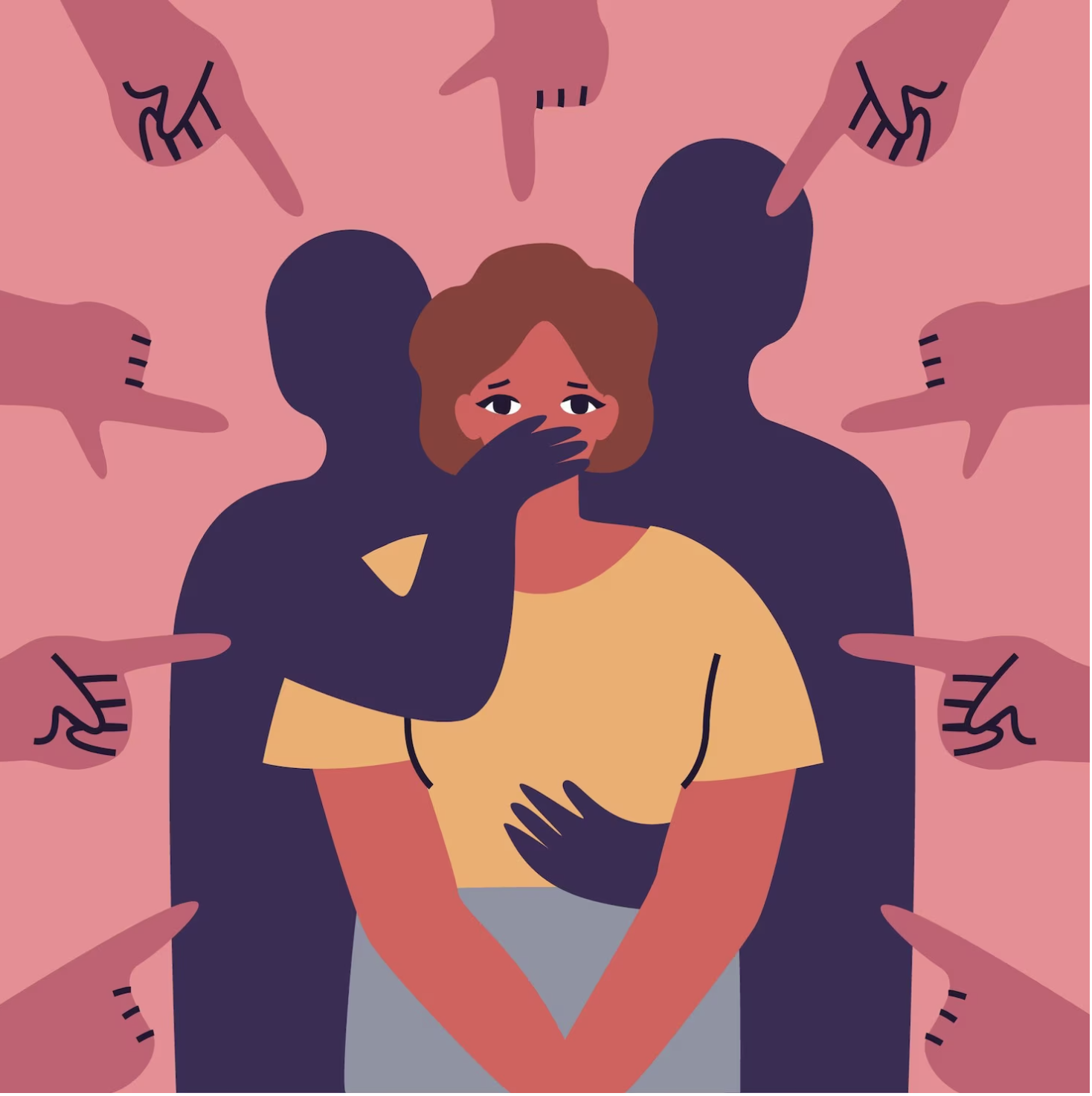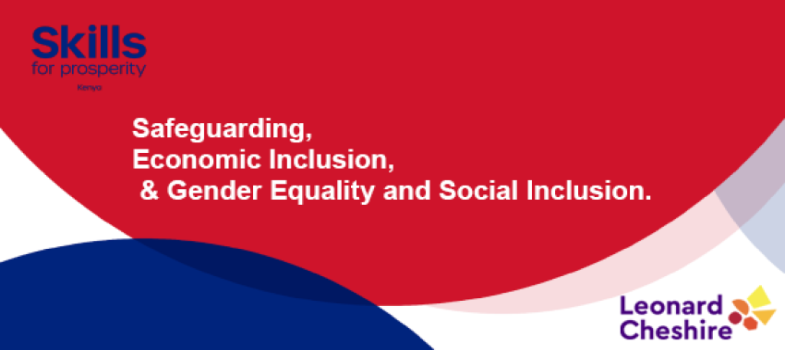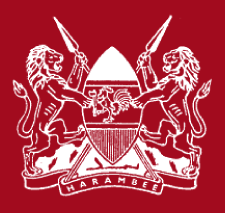3.1.3. Definitions and examples of harm and abuse

Understanding the various forms of harm and abuse and being able to identify them within and outside of the institution/workplace is an important pre-requisite to setting up plans and systems for ensuring the safety of everyone.
The following are the broad definitions of harm and abuse:- Harm - Any misuse of a position of power, authority or trust leading to physical, psychological, emotional, economic or spiritual distress.
- Abuse – An act that knowingly or unknowingly causes harm, endangers life or infringes on the rights of vulnerable persons. Abuse is caused by single or multiple factors such as inflicting harm or failing to act to prevent harm.
Abuse knows no person, time, or place. It can take place online, face-to-face or facilitated by technology. Although anyone can become a victim of abuse, any form of vulnerability such as age, disability, power, gender, cultural background, etc, is an exacerbating factor in the likelihood and impact of abuse.
Any form of abuse undermines development, reinforces discrimination, and denies any meaningful participation of vulnerable and underrepresented persons in matters that affect them.
Common forms of harm and abuse in learning environments include:
- Being overwhelmed by a new environment, culture, terminologies and information;
- Breach of personal data protection, including not seeking informed consent on collecting and processing personal data;
- Personification and identity theft through online platforms
- Radicalism and terrorism;
- Sexual abuse and exploitation, for example, sex for grades, sextortion, inappropriate content, etc;
- Psychological and emotional abuse (mental health and wellness concerns including loneliness and depression);
- Bullying and harassment within the learning spaces or workplaces;
- Economic exploitation;
- Cybercrime;
- Fake news, misinformation and, plagiarism;
- Modern slavery e.g., debt bondage, forced labour, domestic servitude, human trafficking, etc.;
- Cyberbullying e.g., trolling, sexting, pornographic exposures, phishing, scams etc.;
- Organisational abuse (through policies and practices including non-inclusivity);
- Discrimination and stigmatisation - unequal treatment based on age, disability, gender, marital status, maternity/paternity, race, religion and beliefs;
- Gender-based violence, including domestic violence, and;
- Neglect by self or by others.

| Previous | Next |






